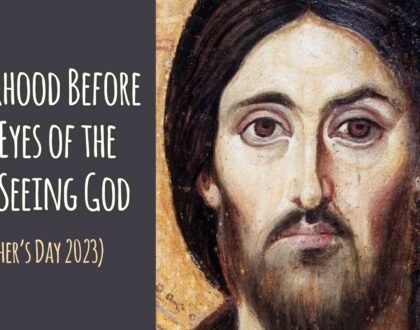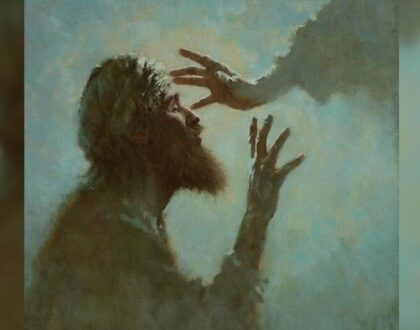Getting Back to the Gospel of John
by Pastor Gene
13:16-17 ”But blessed are your eyes, for they see, and your ears, for they hear. For truly, I say to you, many prophets and righteous people longed to see what you see, and did not see it, and to hear what you hear, and did not hear it.”
20:30-31 ”Now Jesus did many other signs in the presence of the disciples, which are not written in this book; but these [signs] are written so that you may believe that Jesus is the Christ, the Son of God, and that by believing you may have life in his name.”
- What is illumination, biblically speaking? How are the minds of believers illuminated as we journey through the Christian life? Why was Jesus so joyful in declaring that the disciple’s eyes and ears are open in Matthew 13:16-17?
- Consider: A sign is more than a miracle. A miracle is a demonstration of God’s power, but a sign is meant to signify something – to point to something beyond the miracle. John 1:19-12:30 is known as the ‘Book of Signs.’ There are seven of these; we’ve already studied the first two.
- Jesus’ turning water into wine was “the first of His signs” (Jn 2:1-11). Read it carefully. What do you think this sign is pointing to? We’ve said that it’s signifying (1) the joy that will characterize the coming Kingdom and (2) the Marriage Supper of the Lamb which will take place at the beginning of Jesus’ millennial reign. How might this be?
- Jesus’ second sign is the healing of the official’s son in John 4:46-54. John 4:54 calls it “the second sign.” What do you think this sign is pointing to? We’ve said that it is signifying a truth that is very important to all Jesus-followers: that the WORD of God alone is always enough. How does this sign indicate this principle?
- What does John’s purpose statement above (20:30-31) for writing tell us about what we need to look for in this book? How might the “signs” John selected be connected with believing that “Jesus is the Christ”?
- The book of John also makes many significant connections between “old creation” and “new creation” ideas. Can you think of any of these? What does John 1:1 remind you of? How about John’s emphasis on ‘sevens’ [7 signs, 7 women, 7 ‘I Ams’, 7 references to Jesus’ “hour,” etc,]? How might this connect with Genesis 1-2? Is there any correspondence between the Garden of Eden where man fell and the Garden Tomb where Jesus was buried? How about Jesus’ teaching that the ‘old’ birth (flesh) isn’t enough – that we need a ‘new’ one (spirit) in John 3? Is it possible that John is trying to tell us something about the ‘completion of things’ in these old/new allusions?
Recommended Posts

Reflection Questions: Fatherhood Before the Eyes of the All-Seeing God (Father’s Day 2024)
June 16, 2024


